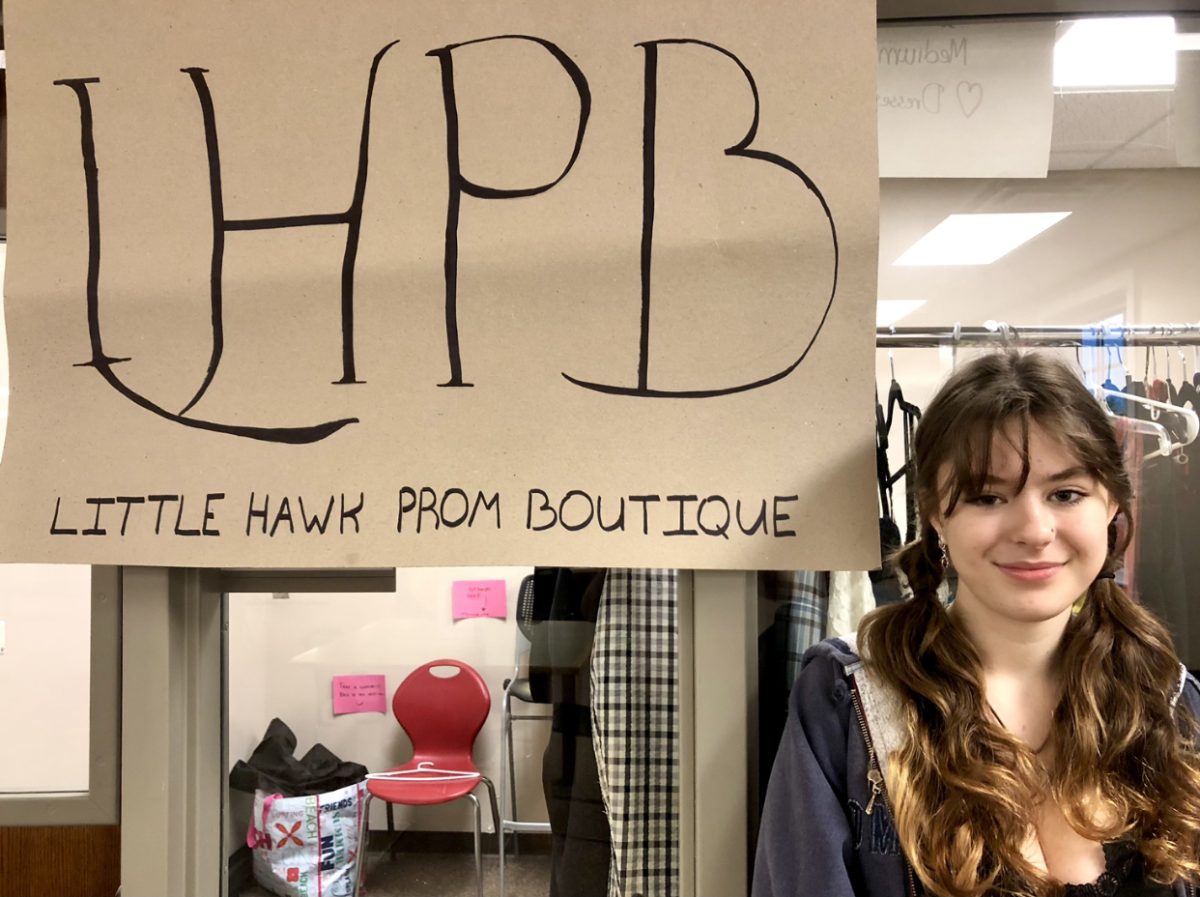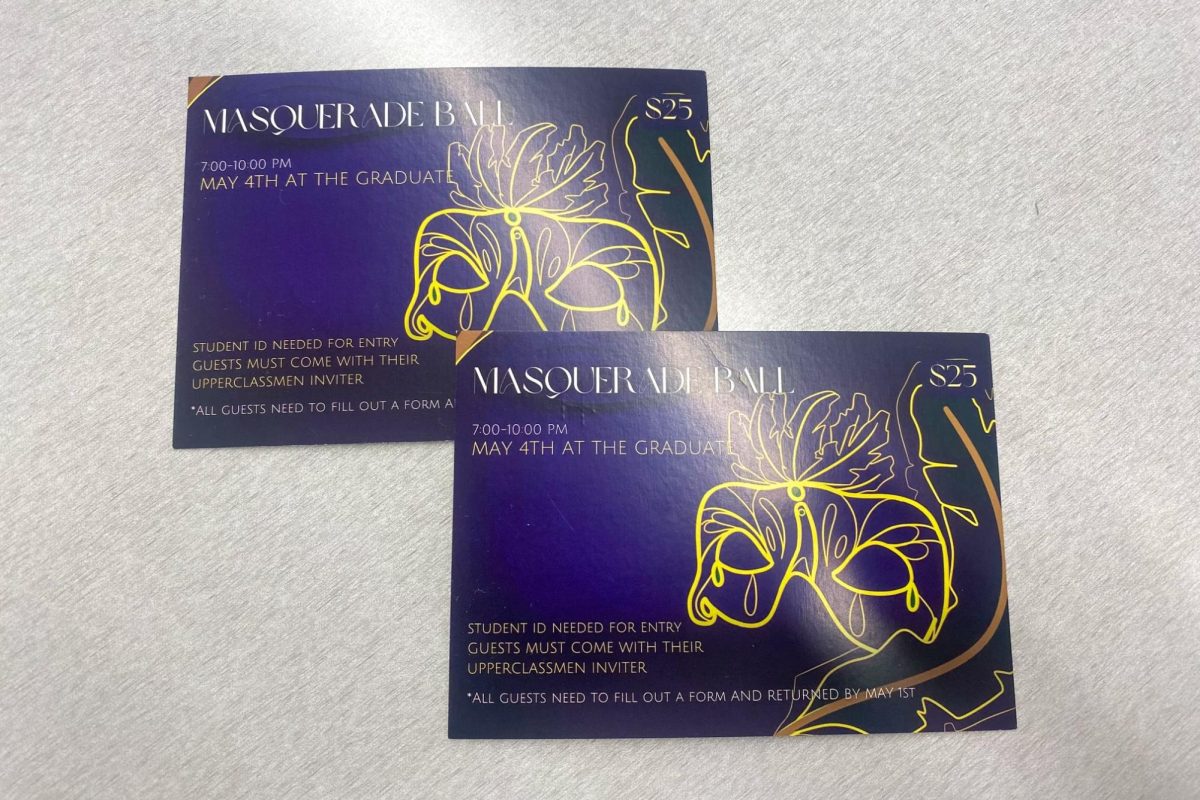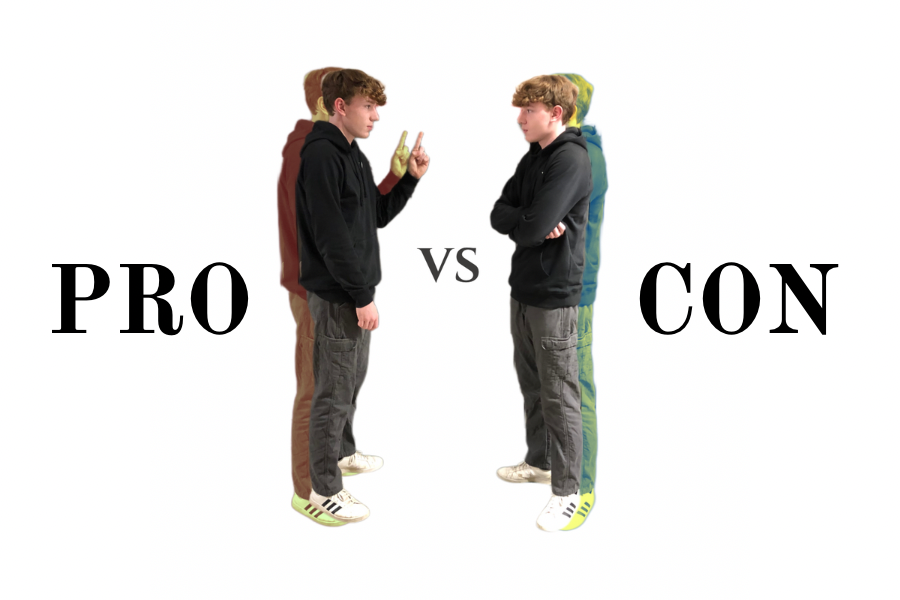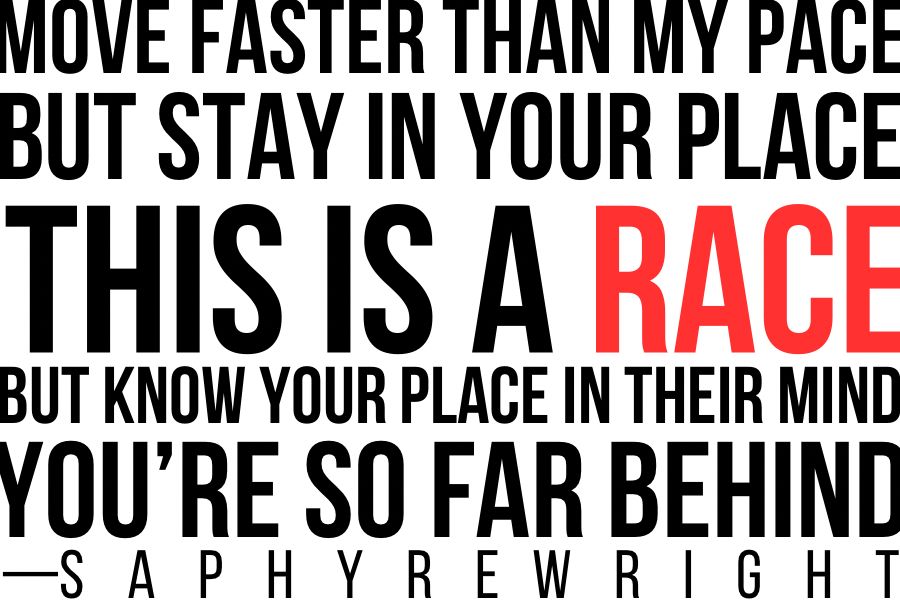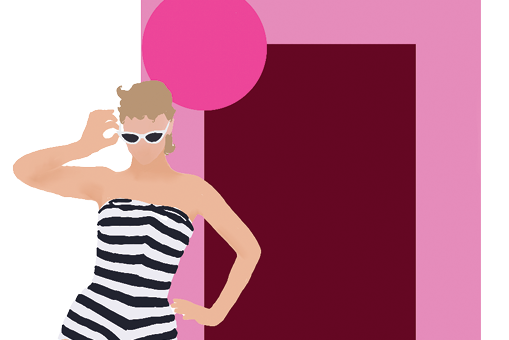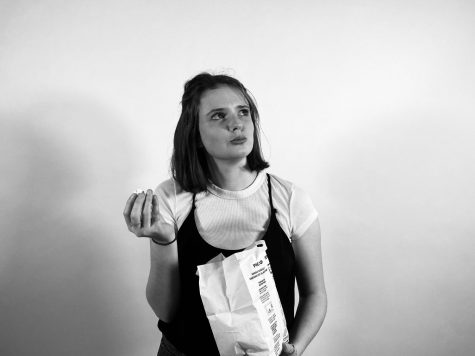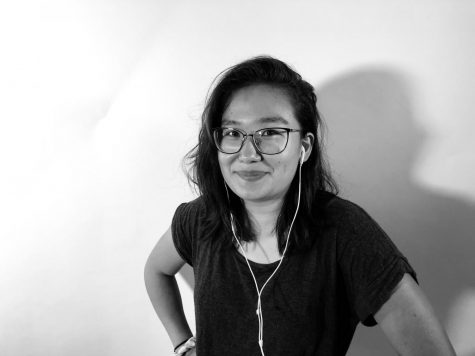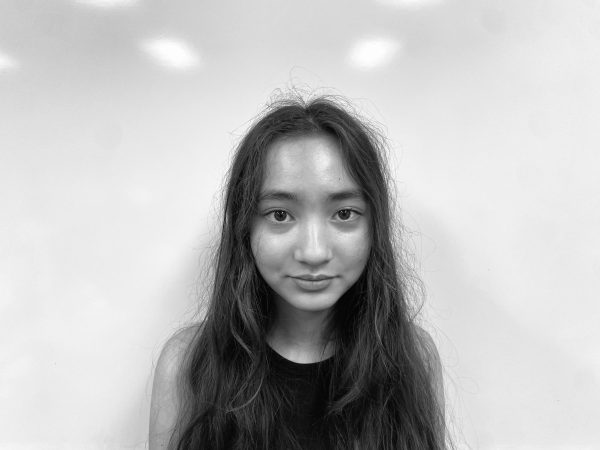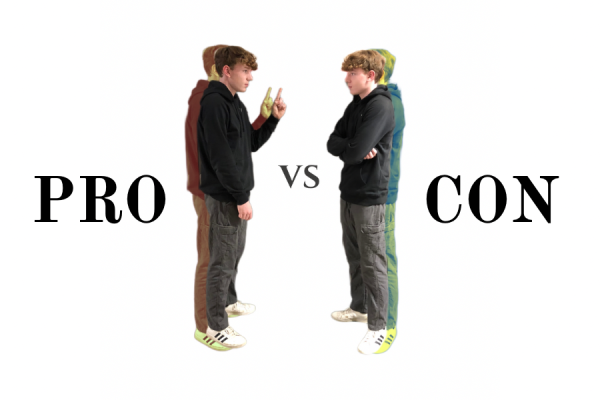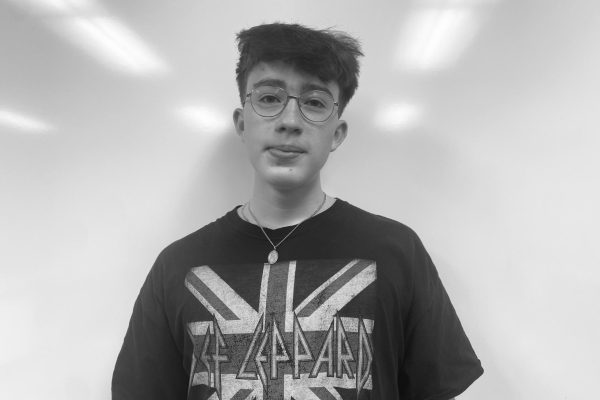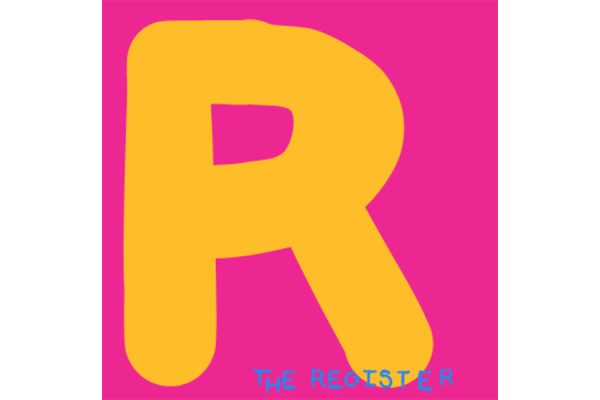Nude Is Not For EveryBODY
Nude colors have never matched the skin tone of everyone wanting to wear them, but some advancements are starting to be made in these industries.
October 31, 2018
For years nude colored clothing and makeup directly excluded people of color. The light beige color the fashion industry was producing didn’t match the skin tones of many of the models who wore the “nude” colored clothes. Deeply rooted in whitewashing and racism, this is changing now, especially in the makeup industry, where more inclusive palates are making the news. This change, however better, still isn’t completely inclusive.
Britney Vanvang ‘20 has no trouble finding makeup that matches her skin tone, but it’s more difficult for her to find nude colored clothing.
“I think there is a wide variety of skin tone makeup colors to choose from- I almost never have trouble finding a product that matches my skin tone- but a majority of the time the shades are pretty variable,” said Vanvang. “‘Nude’ [clothes] often don’t match me because they always seem to be too light and not the right tone for my skin.”
Millie Garcia ‘21 has also had a hard time finding clothing that matches her skin tone.
“I don’t think I’ve ever found “nude” clothing in my skin tone,” said Garcia. “It is always too light or too pink.”
While the clothing industry may be falling behind, the makeup industry is proactively working to produce colors that everyone can enjoy. Ana VanBeek ‘21 doesn’t have trouble finding makeup colors in her skin tone.
“I think they are doing a really great job in the makeup world with including all different types of makeup that will work for all different types of people,” VanBeek said. “I don’t have any trouble finding foundation or eyeshadow that works, usually stores have a very wide variety [available].”
However, the makeup industry still has a way to go before “inclusive” products are available in every line at equal prices. For Garcia, it can still be a struggle to find shades that match her skin tone.
“I don’t find it too difficult to find makeup in my skin tone because I have a lighter complexion, but it is sometimes too orange or pink,” Garcia said. “However, it is difficult to find [products] in my skin tone when the shade range is small.”
Not only is finding colors more difficult for people of color, but there are other costs when buying makeup that includes shades that work for everyone.
“I do feel that some makeup brands that have a wider range of shades make their products more expensive than those with smaller ranges,” Garcia said. The brands that carry palates with a larger variety of shades allow for more people to feel comfortable in their own skin, but they also come with additional expenses.
“I have noticed a slight price difference between the shades of makeup I buy [and what others buy],” Vanvang said. “They are not significant differences, but are based on the brand.”
While people of color might have trouble finding makeup and clothing that works for them, the makeup and clothing industries still widely cater to the “traditionally nude,” or Caucasian people.
“I usually use/wear makeup two to three times a week,” said Ian Allen ‘21. “It is relatively easy for me to find products locally that match my skin tone.”
Along with the ease that comes with buying nude makeup colors for most Caucasian people, the same simplicity applies when shopping for nude clothing.
“I personally don’t own any nude clothing,” said Amelia Gibson ‘21. “However I have seen options that would match my skin tone widely available.”
Even with the current problems in the makeup and clothing industry, it’s better than what it used to be and hopefully, will continue making advancements to guarantee that everybody can feel comfortable in the makeup and clothing that they wear.



